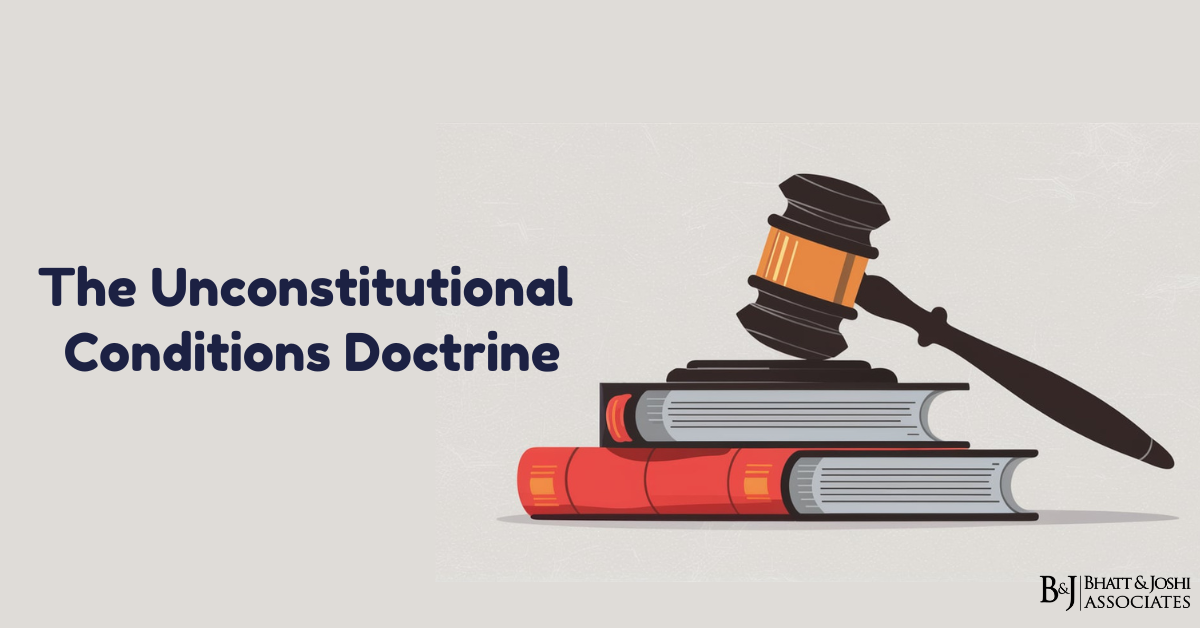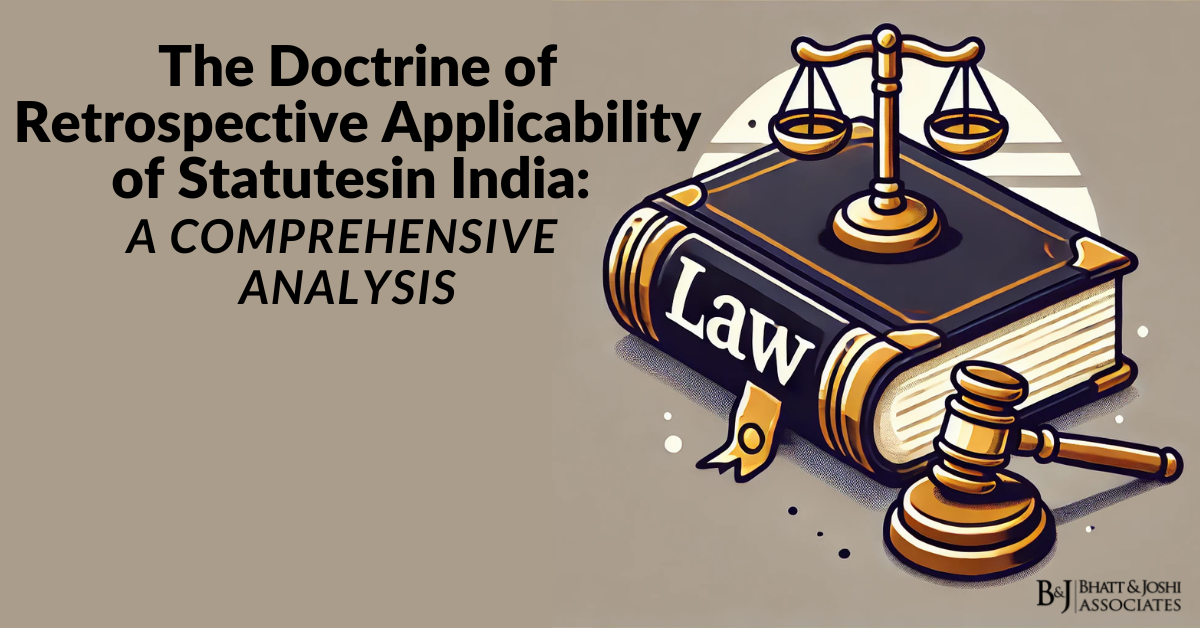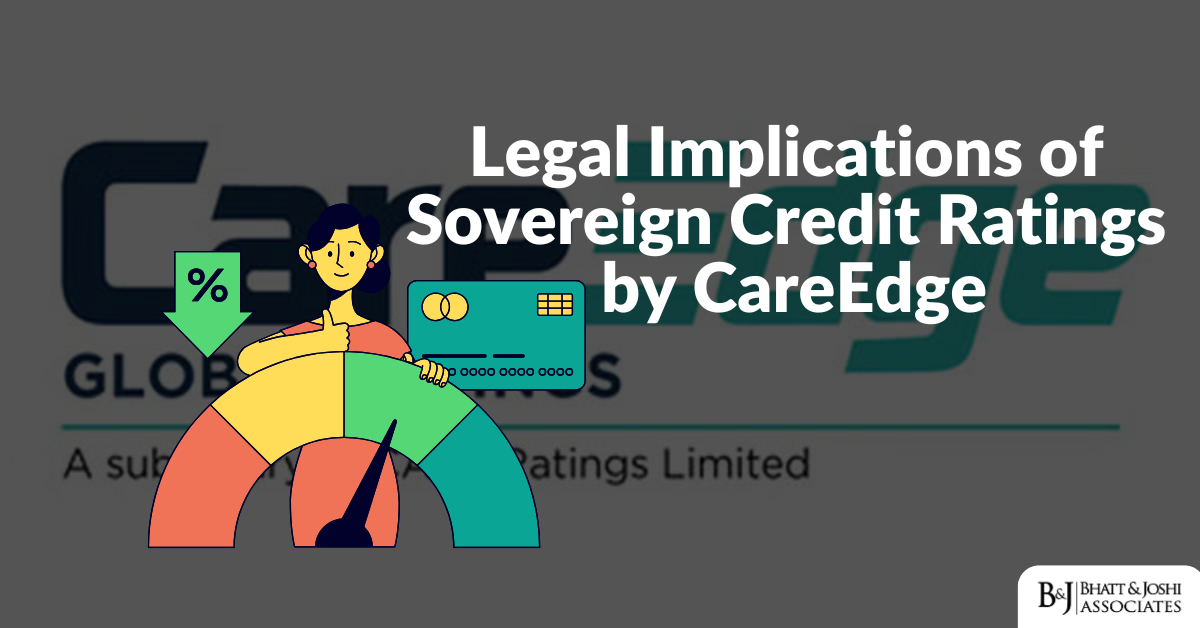Introduction
The Unconstitutional Conditions Doctrine is a complex and often controversial principle in United States constitutional law. At its core, this doctrine holds that the government cannot condition the receipt of a benefit on the waiver of a constitutionally protected right. In other words, while the government may not be obligated to provide a particular benefit, once it chooses to do so, it cannot require individuals to give up their constitutional rights in order to receive that benefit.
This doctrine addresses a fundamental tension in constitutional law: the balance between the government’s power to allocate resources and benefits, and the protection of individual constitutional rights. It recognizes that the government’s ability to withhold benefits entirely does not necessarily imply the lesser power to grant those benefits conditionally in ways that infringe on constitutional freedoms.
The Unconstitutional Conditions Doctrine has been applied in various contexts, including free speech, freedom of religion, property rights, and procedural due process. It has significant implications for government funding, licensing, employment, and other areas where the state interacts with individuals and organizations.
Historical Development
The roots of the Unconstitutional Conditions Doctrine can be traced back to the late 19th century. One of the earliest articulations of the principle came in the 1876 case of Doyle v. Continental Insurance Co., where Justice William Strong wrote in dissent: “Though a State may have the power, if it sees fit to subject its citizens to the inconvenience, of prohibiting all foreign corporations from transacting business within its jurisdiction, it has no power to impose unconstitutional conditions upon their doing so.”
The doctrine began to take more definitive shape in the early 20th century. In Frost & Frost Trucking Co. v. Railroad Commission of California (1926), Justice Sutherland, writing for the majority, stated: “It is not necessary to challenge the proposition that, as a general rule, the state, having power to deny a privilege altogether, may grant it upon such conditions as it sees fit to impose. But the power of the state in that respect is not unlimited, and one of the limitations is that it may not impose conditions which require the relinquishment of constitutional rights.”
Key Principles and Applications
The Unconstitutional Conditions Doctrine has been applied in various contexts, each with its own nuances:
- Free Speech: In Speiser v. Randall (1958), the Supreme Court struck down a California law that required veterans to swear a loyalty oath as a condition of receiving a property tax exemption. The Court held that this condition violated the First Amendment by effectively penalizing political speech.
- Religious Freedom: In Trinity Lutheran Church of Columbia, Inc. v. Comer (2017), the Court held that a state program that provided grants to resurface playgrounds could not exclude churches from participating solely because of their religious status.
- Property Rights: In Nollan v. California Coastal Commission (1987) and Dolan v. City of Tigard (1994), the Court established that government conditions on land-use permits must have an “essential nexus” to the impact of the proposed development and be “roughly proportional” to that impact.
- Procedural Due Process: In Perry v. Sindermann (1972), the Court held that a public college professor’s lack of contractual or tenure rights did not defeat his claim that the non-renewal of his contract violated his free speech rights.
- Federalism: In National Federation of Independent Business v. Sebelius (2012), the Court held that the federal government could not condition all Medicaid funding on states’ agreement to expand their Medicaid programs, finding this to be unconstitutionally coercive.
Theoretical Foundations and Justifications
Several theoretical justifications have been offered for the Unconstitutional Conditions Doctrine:
- Coercion Prevention: The doctrine prevents the government from using its power to allocate benefits as a means of coercing individuals into giving up their rights.
- Systemic Effects: It recognizes that allowing such conditions could lead to a systemic erosion of constitutional rights over time.
- Anti-Manipulation: The doctrine guards against governmental manipulation of the public by obscuring responsibility for rights infringements.
- Preservation of Constitutional Structure: It maintains the integrity of the constitutional order by preventing the government from achieving indirectly what it cannot do directly.
- Market Failure Correction: Some scholars argue that the doctrine corrects for market failures that would otherwise allow the government to leverage its monopoly power in certain areas to extract constitutional concessions.
Challenges and Criticisms
Despite its importance, the Unconstitutional Conditions Doctrine has faced several challenges and criticisms:
- Inconsistent Application: Critics argue that the doctrine has been applied inconsistently by courts, leading to unpredictable outcomes.
- Theoretical Incoherence: Some scholars contend that the doctrine lacks a coherent theoretical foundation, making it difficult to apply consistently.
- Tension with Government Discretion: The doctrine can limit the government’s ability to attach conditions to its programs, potentially interfering with legitimate policy objectives.
- Difficulty in Defining Coercion: There is often disagreement over what constitutes an unconstitutional condition versus a legitimate government requirement.
- Baseline Problems: Determining the appropriate baseline against which to measure the conditionality of a benefit can be challenging.
- Positive vs. Negative Rights: The doctrine’s application can be complicated by the distinction between positive rights (entitlements to government benefits) and negative rights (freedoms from government interference).
Key Cases and Their Impact
Several Supreme Court cases have been particularly influential in shaping the Unconstitutional Conditions Doctrine:
- Frost & Frost Trucking Co. v. Railroad Commission of California (1926): This case, mentioned earlier, was one of the first to clearly articulate the principle of unconstitutional conditions.
- Speiser v. Randall (1958): This case established that the government cannot condition tax exemptions on loyalty oaths, a significant application of the doctrine to free speech.
- Perry v. Sindermann (1972): This case applied the doctrine in the context of public employment, holding that the government cannot deny a benefit to a person on a basis that infringes his constitutionally protected interests.
- Rust v. Sullivan (1991): The Court upheld regulations prohibiting recipients of federal family planning funds from engaging in abortion counseling, distinguishing between conditions that limit the use of funds within a program and those that leverage funding to regulate speech outside the program.
- Dolan v. City of Tigard (1994): This case, along with Nollan v. California Coastal Commission, established the “essential nexus” and “rough proportionality” tests for land-use exactions.
- Agency for International Development v. Alliance for Open Society International, Inc. (2013): The Court struck down a requirement that organizations receiving HIV/AIDS funding adopt a policy explicitly opposing prostitution, finding it to be an unconstitutional condition on free speech.
- Trinity Lutheran Church of Columbia, Inc. v. Comer (2017): This case applied the doctrine to religious freedom, holding that excluding churches from an otherwise neutral and secular aid program violates the Free Exercise Clause.
Recent Developments and Future Directions
In recent years, several developments have raised new questions about the application of the Unconstitutional Conditions Doctrine:
- Government Funding and Free Speech: Cases involving government funding of art, healthcare, and international aid have continued to test the boundaries of the doctrine in the context of free speech.
- Religious Freedom: The Trinity Lutheran case and subsequent decisions have expanded the doctrine’s application to religious freedom, raising questions about the balance between non-establishment and free exercise principles.
- Digital Rights: As government services increasingly move online, questions may arise about conditions placed on access to digital platforms or data.
- Healthcare: The ongoing debate over healthcare reform may present new unconstitutional conditions issues, particularly in the context of federal-state relations.
- Education: Cases involving conditions on educational funding, particularly in higher education, may continue to raise unconstitutional conditions questions.
Looking forward, several key issues are likely to shape the future of the Unconstitutional Conditions Doctrine:
- Corporate Speech: The intersection of corporate personhood, campaign finance law, and government contracting may present new challenges for the doctrine.
- Privacy Rights: As government data collection and surveillance capabilities expand, questions may arise about conditions placed on privacy rights in exchange for government services or benefits.
- Federalism: The doctrine’s role in mediating federal-state relations, particularly in areas of cooperative federalism, is likely to remain significant.
- Positive Rights: Debates over positive rights (such as healthcare or education) may complicate the application of the doctrine, which has traditionally focused on negative rights.
- Technological Advancements: New technologies may create novel contexts for applying the doctrine, such as conditions on access to government-developed artificial intelligence systems.
Comparative Perspective
While the Unconstitutional Conditions Doctrine is primarily a feature of U.S. constitutional law, similar principles exist in other legal systems:
- Canada: Canadian courts have developed a doctrine of “unconstitutional effects” that bears some similarities to the U.S. unconstitutional conditions doctrine.
- European Union: EU law recognizes the principle of proportionality, which can serve a similar function in some contexts.
- Germany: The German Constitutional Court has developed principles limiting the government’s ability to condition benefits in ways that infringe on fundamental rights.
- International Human Rights Law: Some international human rights treaties and bodies have recognized principles similar to the unconstitutional conditions doctrine.
Implications for Governance and Policy
The Unconstitutional Conditions Doctrine has significant implications for governance and policy-making:
- Program Design: Government agencies must carefully consider the constitutional implications of conditions attached to benefits or services.
- Regulatory Strategy: The doctrine can limit the government’s ability to use funding or licensing as regulatory tools in certain contexts.
- Federalism: It affects the federal government’s ability to influence state policy through conditional spending.
- Public-Private Partnerships: The doctrine may impact how governments structure partnerships with private entities, particularly when constitutional rights are implicated.
- Civil Rights Enforcement: It provides a mechanism for challenging certain forms of discrimination or rights infringements in government programs.
Conclusion
The Unconstitutional Conditions Doctrine remains a vital but complex aspect of U.S. constitutional law. It serves the crucial function of preventing the government from achieving indirectly what it cannot do directly, thereby safeguarding individual rights in the context of government benefits and services.
The doctrine reflects the ongoing challenge of balancing the government’s need for flexibility in designing and implementing programs with the protection of constitutional rights. It recognizes that in a modern welfare state, where government benefits and services play a significant role in many aspects of life, the power to condition these benefits can be a potent tool for influencing behavior and potentially infringing on rights.
As society continues to evolve, with changing notions of rights and government responsibilities, the Unconstitutional Conditions Doctrine is likely to face ongoing challenges and adaptations. The increasing complexity of government programs, the expansion of public-private partnerships, and technological advancements are all likely to present new questions for courts to grapple with in applying the doctrine.
The future of the Unconstitutional Conditions Doctrine will likely involve ongoing attempts to balance the government’s legitimate interests in structuring its programs with the need to protect individual rights. How courts navigate these challenges will have significant implications for the scope and enforcement of constitutional rights in the United States, as well as for the design and implementation of government policies and programs.
Ultimately, the Unconstitutional Conditions Doctrine serves as a reminder of the complex interplay between government power and individual rights in a constitutional democracy. Its evolution reflects broader societal changes and ongoing debates about the proper role of government, the nature of rights, and the balance between state authority and individual liberty in American law and society. As such, it remains a critical area of study and debate for legal scholars, policymakers, and all those concerned with the protection of constitutional rights in the modern state.














